Earth Day, Environmental Restoration, and You
Earth Day is here.
Designated in 1970, the prime objective has always been: to give a voice to an emerging public consciousness about the state of our planet.
Each year a central theme is addressed and this year it is environmental restoration. According to Earth Day organizers, local, national, and international events will focus on natural processes, emerging green technologies, and innovative thinking that can Restore Our Earth. This objective rejects the notion that mitigation or adaptation are the only ways to address climate change. It is up everyone to 'restore our Earth' not only because we care about the natural world, but also because we depend on it to live. A healthy planet is needed to support jobs, livelihoods, and happiness.
The health of the planet is not an option but a necessity so a 'tool kit' has been created for Earth Day 2021 with ideas and examples of restoration efforts that anyone can become involved with including students, schools, non-profit organizations, and businesses.
Earth Day happens once a year but environmental organizations continue their work all year. Here are three examples of ongoing restoration projects focused on producing positive results:
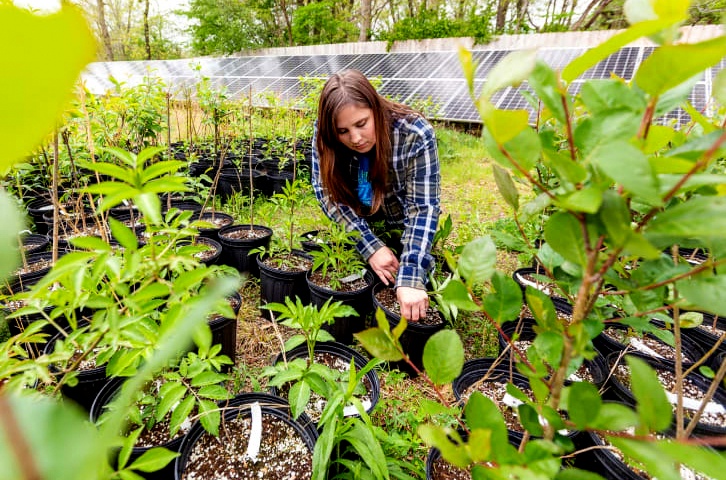
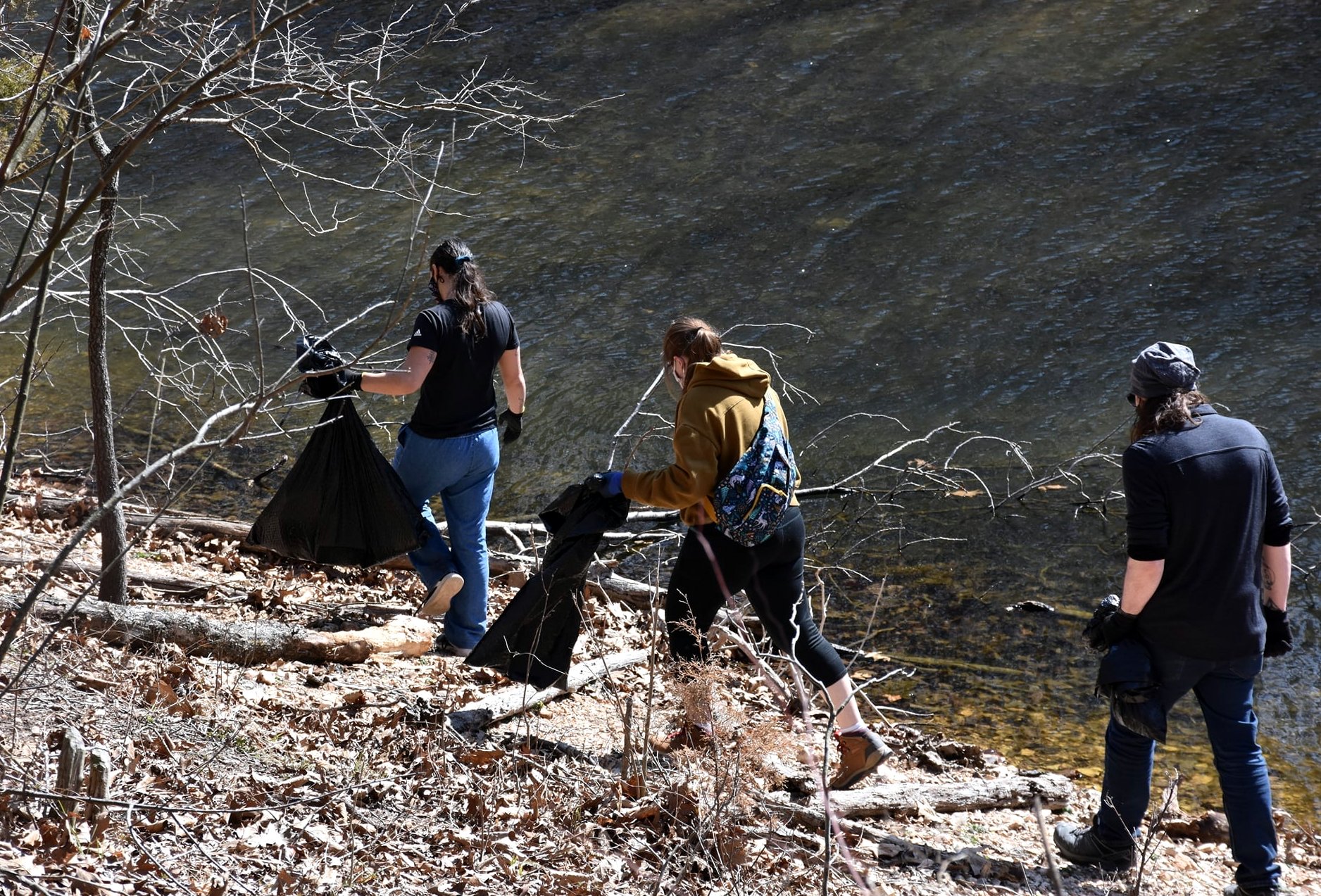
Tree nursery saplings for reforestation and stream bank clean-up to recover water quality (credit: WCO)
Watershed Committee of the Ozarks: the Missouri-based organization has as its mission to sustain and improve the water resources of the Ozark Mountains through education and effective management of watersheds. They engage with landowners, schools, and other service organizations to leverage their efforts to improve water quality in the region. Restoration projects have included recovery of creeks and streams degraded by siltation and livestock grazing; removal of invasive species preventing native vegetation from growing; and reforestation of denuded hills with native tree species. Donations can be made to become a Watershed Sustainer and options to volunteer.
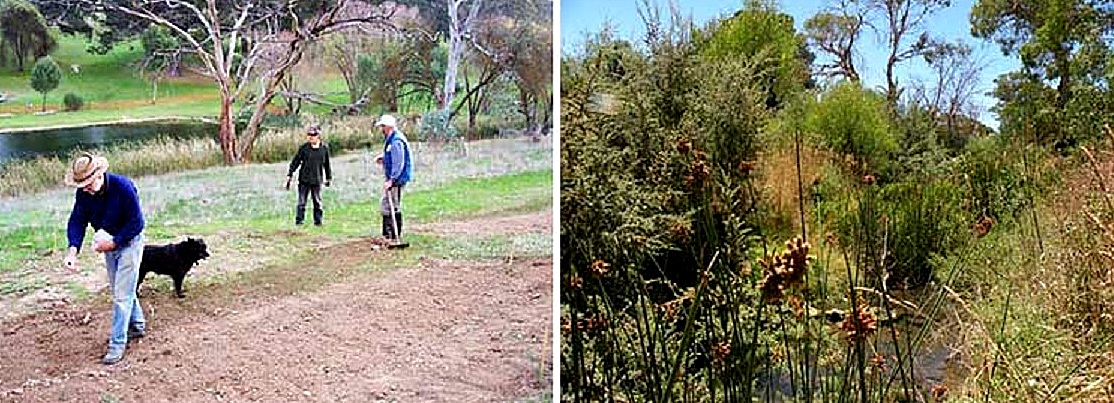
Angas River planting and direct seeding results 2007 & 2013, south Australia (credit: Bushcare)
Bushcare, supports local groups in Australian states that work with town councils, national park, or wildlife programs to restore degraded bushland. The Australian Association of Bush Regenerators (AABR) began in 1986, driven by concerns for the continuing survival and integrity of bush landscapes and their dependent wildlife. Bushcare promotes the study and application of ecological restoration practices to foster effective management of natural landscapes. The volunteer groups are provided assistance by environmental professionals with the supervision, tools, and training to implement field projects. Bushcare restoration initiatives have included invasive species control; reforestation planting on degraded lands; as well as wildlife monitoring, protection, and recovery. You can become involved with Bushcare by volunteering your time or making a donation here.
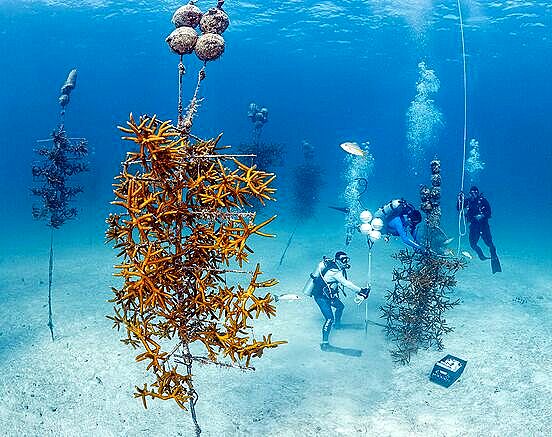
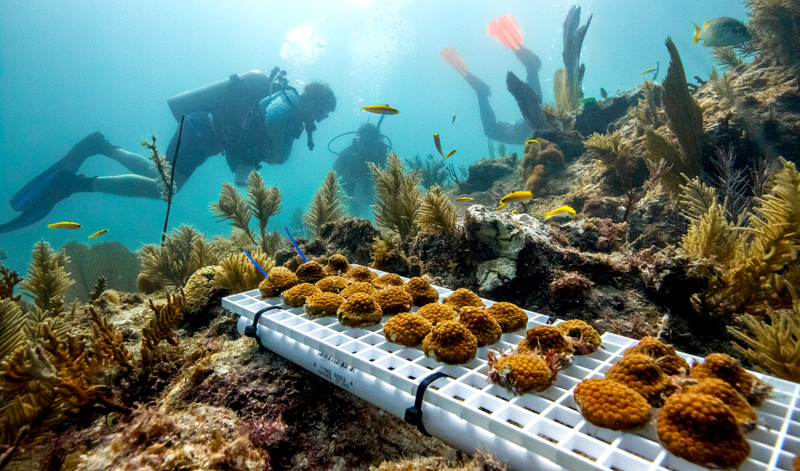
We were founded in response to
the wide-spread loss of the dominant coral species on the Florida Reef Tract.
Propagating young coral's propagation and reef restoration volunteers (credit Coral Restoration Foundation)
Coral Restoration Foundation is the world's largest non-profit organization devoted solely to restoring coral reefs. CRF was founded over concerns of the widespread loss of corals in Florida and the Caribbean basin. Corals have been a feature of life on Earth for almost 500 million years and the reefs are a critical component of healthy marine ecosystems. Coral reefs represent cover than 1% of the ocean's floor but support more than 25% of the ocean's fish species. They serve as nurseries for young fish; as zones for coastal protection from storms; and provide economic opportunities for communities around the world. Many of the Foundation's projects focus on coral propagation and then re-establishment of the young corals on denuded seabeds. Opportunities to volunteer or assist with a donation to support their work can be made here.
Earth Day is a reminder of general concerns over global environmental health. The three restoration efforts mentioned are representative on many other worthy, going initiatives. Working to support such environmental efforts, that already making a positive difference, is important, is rewarding, and should be part of your personal agenda.
WHB